Okay, so you want to grow your vegetables. Congratulations! You made a great decision. Aside from having access to cheap, healthy veggies, you’ll also have a full say over the growth of your crops, allowing you to go as natural or as chemical-free as you’d want. However, you’ll need a planting calendar to start. Below we learn the Washington state vegetable planting guide, month-by-month vegetable planting calendar, seasonal vegetable planting guide for Washington home gardens, and hardiness zones of Washington state.
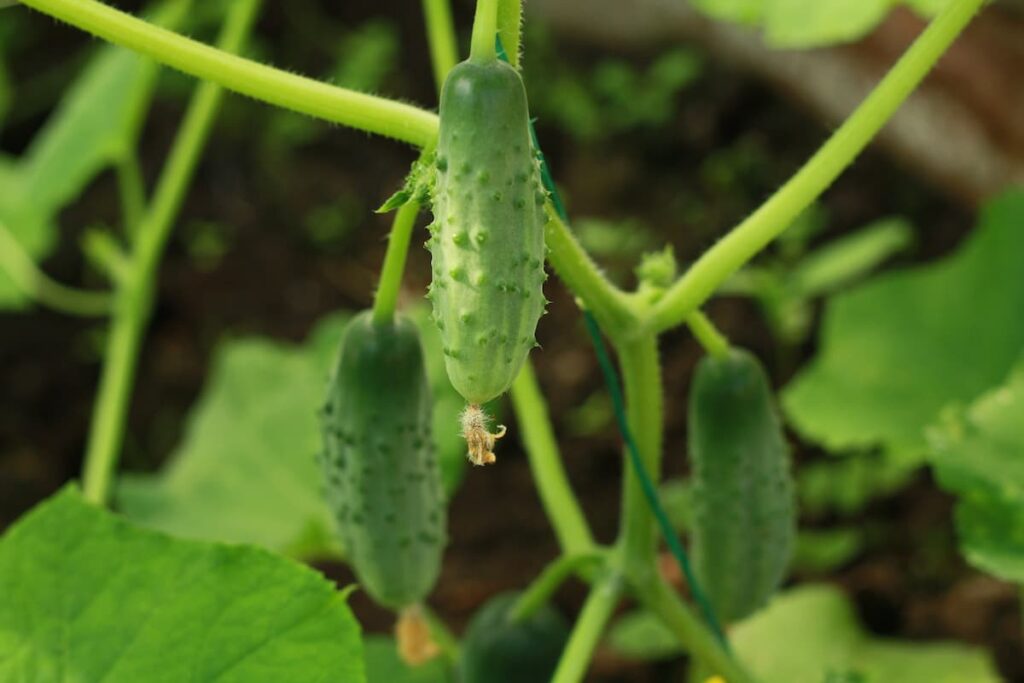
Washington vegetable planting calendar
What can I plant in April in Washington?
Several vegetables grow best when planted in the ground in April. Beets, carrots, onions, lettuce, broccoli, potatoes, salad greens, radishes, kale, peas, and fennel are just a few vegetables that thrive in a Washington garden. Herb seedlings, including chives, oregano, rosemary, parsley, and mint, can be moved outside as soon as the soil is ready. It’s best to start your cauliflower, eggplant, cucumbers, peppers, tomatoes, and squash inside in April.
To keep air pores and soil structure intact, work the soil while it’s wet. Get a handful of soil, roll it into a tight ball, and then use your fingertips to see whether it’s ready to be worked. If the soil crumbles easily in your fingers after rolling a ball of it, it’s ready to be cultivated. The soil is still too moist to work in if you can roll it into a ball. The soil may have been compacted throughout the winter, making it necessary to break it up before planting.
If the soil is dry and crumbly, you can use a shovel or garden fork to dig out any weeds or roots. There are several ways in which compost can assist plant development, including by strengthening soil structure, increasing soil fertility, preserving moisture, and supplying essential nutrients. Compost should be added to garden beds at a depth of 1–3 inches this summer to enrich the soil with nutrients and aid with water retention.
What zone is Washington state?
As one travels through Washington from east to west, one will see a wide range of climates. Eastern Washington has a dry, semiarid climate, whereas western Washington has a moderate Mediterranean climate. Numerous variables, such as the proximity to the Pacific Ocean, the Cascade and Olympic Mountains, and the effect of large, semi-permanent low and high-pressure systems, have contributed to the state’s varied climate and planting zones.
In case you missed it: Pennsylvania (PA) Vegetable Planting Calendar: Month-wise Chart, Dates Guide, Schedule for Fall, Winter, Spring, and Summer Seasons
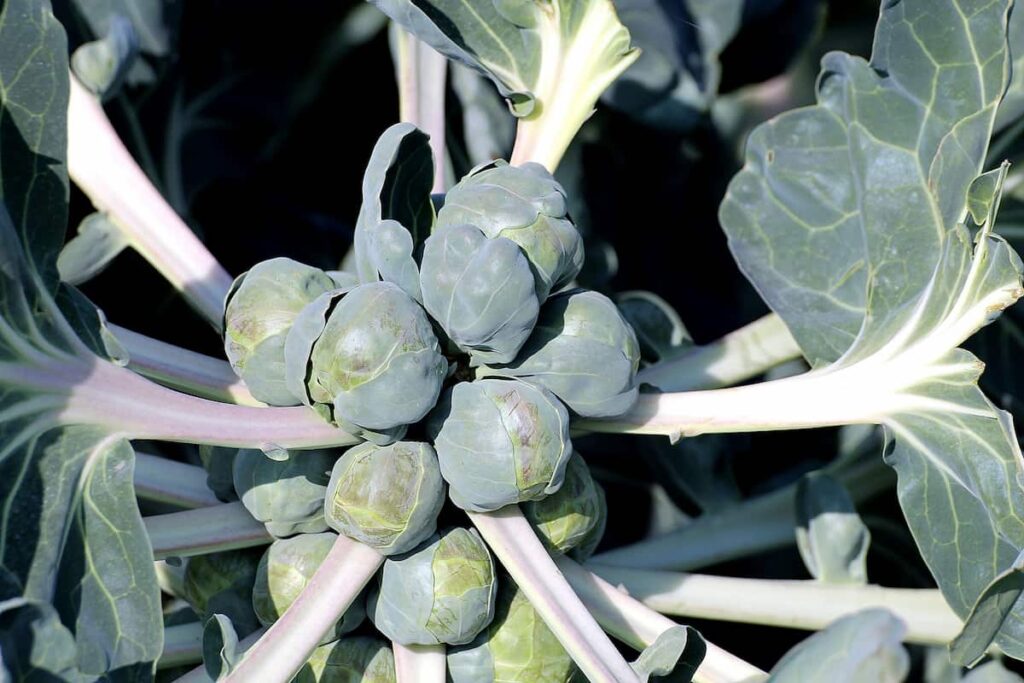
Low-pressure cyclone systems, which can form in the Pacific Ocean during the winter months and create the winds of fall and winter, are the source of these weather patterns. High-pressure anticyclones dominate the atmosphere throughout the spring and summer, bringing dry, cold air and gusty winds. Washington State’s annual average temperature varies from 51 degrees on the coast to 40 degrees on the northeast.
The first step in making a garden plan in Washington is determining your zone. Using a plant hardiness map found online, you can rapidly check the appropriate planting zone for your location. When determining which plants will do well in a certain area, having a rough understanding of the climate is useful. A broad range of potential development zones exists in Washington, from 4a in the state’s eastern half to 9a in its western half.
Gardeners use growth zones to determine when to plant what and what will survive the winter. Like the rest of the country, Washington’s planting zones are determined by averaging the dates of the first and last frosts. Regardless of what planting zone you’re in, you should always choose plants that are hardy in a lower zone. For example, select hardy plants in zones 1 through 4 but not higher if you live in zone 4a.
When should I plant tomatoes in Seattle?
Pick a spot with at least six hours of sunlight daily to maximize growth. Grow your plants successfully on raised beds or close to a south-facing wall. Before planting, work in amendments and balanced fertilizer, avoiding products heavy in nitrogen. Transplants should be planted in May if the soil temperature has reached 50 degrees or above.
In case you missed it: Tomato Farming Guide for Beginners: Production Techniques, Process, and Steps
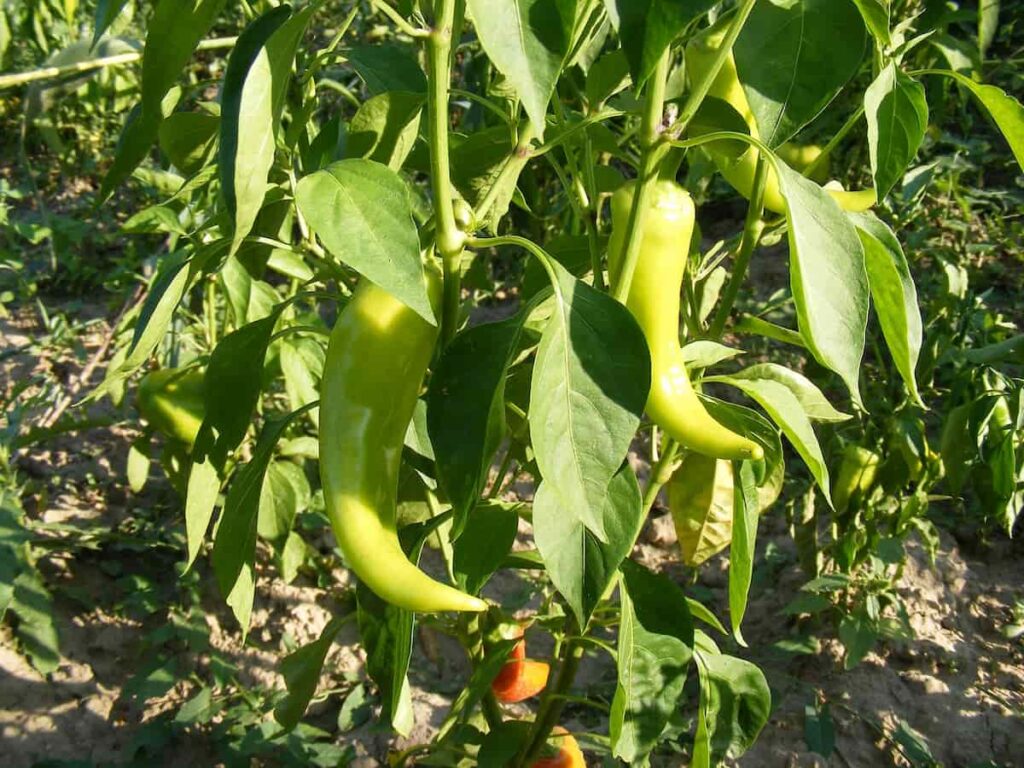
Plant tomatoes with as much stem as possible buried in the soil for optimal root growth and plant health. If you want to trench a taller plant, you should cut off the lowest two-thirds of the leaves and lay the transplant on its side in a trench that is three inches deep. After planting, be sure to water deeply. Proper plant spacing is essential for easy harvesting and disease prevention.
How do you grow cucumbers in Washington state?
It’s recommended that the soil temperature be at least 55 degrees Fahrenheit before putting seeds outside. Mid to late May is the ideal time to plant seeds at a depth of one inch in hills (mounds of soil) containing four to five seeds each. Separate the hills by at least five feet. Once the plants have two or three leaves, thin them to a maximum of three per hill. Temperatures between 70 and 95 degrees Fahrenheit are ideal for cucumber cultivation. When temperatures drop below freezing, cucumber plants stop growing.
Can you grow peppers in Washington state?
If you stick to a few simple instructions, pepper cultivation in Washington is a piece of cake. Both tomatoes and peppers are members of the same family of plants that thrive in hotter climates. You can cultivate both in the Maritime Northwest, but peppers need more heat and care to bear fruit.
Tomatoes are related to peppers; peppers are 5-8 degrees Fahrenheit more sensitive than tomatoes. Peppers can only grow at temperatures of 55 degrees or above at night. Even though peppers can survive overnight temperatures as low as 50 degrees Fahrenheit, they will develop more slowly or not at all. As a result, you can still grow peppers outdoors in mid-June.
What tomatoes grow best in Washington State?
The Brandywine, Sungold, Striped German, Jaune Flamme, and Moskovich tomatoes are fantastic when eaten fresh and need much room. The Black Sea Man, Tumbling Tom Red’ Cherry, Taxi, and Bush Goliath tomatoes are all determinate varieties that would grow well in a container garden. Early types have a better chance of maturing with a short growing season.
In case you missed it: Vertical Tomato Farming: Modern Way of Getting More Yields in Less Space

Tomatoes that grow well in containers include the cherry-sized ‘Sungold’ and ‘Oregon Cherry,’ and the bigger ‘Early Girl,’ ‘Bush Goliath,’ and ‘Bloody Butcher.’ ‘Moskovich’ and ‘Stupice’ are reliable performers even in somewhat moist summers.
What can I plant now in Washington?
Spring vegetable planting in Washington
Finding out what to plant requires visiting the local garden store or nursery. Many plants, including leafy ones and certain vines, are available as early as February, but most growers don’t begin bringing them in until March. As soon as the soil is ready, you can plant your evergreens. It’s also time to choose rose bush varieties. As long as temperatures remain moderate, cool-season grass seeds will germinate. It’s not necessary to feel overwhelmed by the number of moving parts in a Washington garden.
Hardening off and transplanting cool-season vegetables need suitable soil. Some can even be planted directly into the ground in milder climates. The likes of broccoli, kale, lettuce, and other greens are worth a try. Vegetables from the onion family, including beets, carrots, parsnips, turnips, and radishes; potatoes. Start long-season plants inside. Examples include tomatoes, okra, squash, peppers, basil, and eggplant. Grow rhubarb and asparagus from their bare-root plants.
Fall vegetable planting in Washington
Planting of cool-weather crops should begin now. Produce like broccoli, carrots, cabbage, peas, spinach, cauliflower, garlic, and more can be grown in your garden throughout the chilly months. Remember to add compost if you’re growing crops in the same beds where you grew summer veggies. You can have a continuous crop of lettuce and mesclun if you plant it every week.
Row covers and hoop structures can protect plants from frost and allow them to continue growing during the fall and winter. If these crops are not protected from the cold weather, they will likely be lost for the season. Cover crops are a great way to restore nitrogen and other nutrients in the soil if you don’t intend to establish a cool-season garden. Fava beans, red clover, and autumn green manure mix are all excellent options.
In case you missed it: Vermont Vegetable Planting Calendar: Month-wise Chart, Dates Guide, Schedule for Fall, Winter, Spring, and Summer Seasons
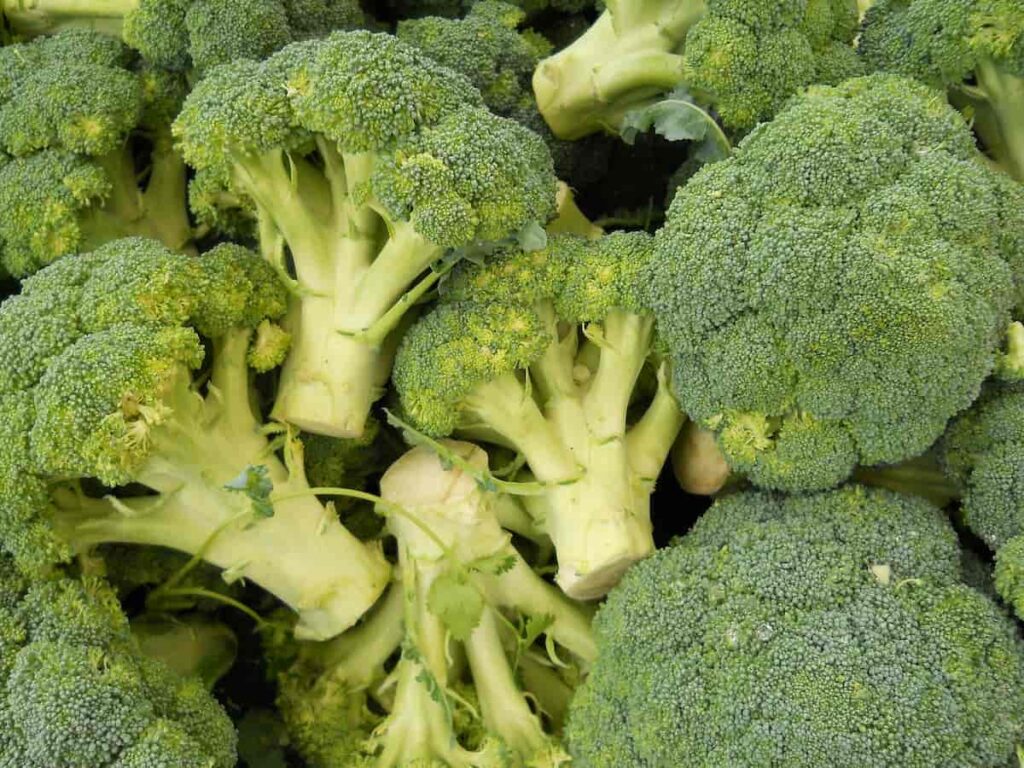
Aerating and fertilizing your grass is a good idea now that colder weather has arrived. Wet weather in the early fall is ideal for aerating your grass and encouraging strong root development for the following year. You can aerate your grass by hand with a lawn coring aerator or by renting a motorized aerator from a shop.
The soil should be moist and easy to work with before you begin mowing your grass. If you can wait until later in the month, the lower temperatures will be ideal for fertilizer application. Several inches of compost should be used as mulch after planting to help keep the soil warm throughout the summer and to prevent water evaporation.
Summer vegetable planting in Washington
When vegetables are harvested consistently, it helps many kinds of edible crops, such as tomatoes, green beans, and squash, thrive. During April, make it a daily practice in the garden to pick ripe vegetables and check for any problems that may be developing. Plants in full sun need careful monitoring and additional attention while watering in the July heat. This is crucial for plants growing in raised beds and other containers since their soil can turn hotter and drier than on the ground. Many types of plant life grown in containers need daily or multiple waterings.
In the warm weather of summer, insects like spider mites and maggot flies can rapidly multiply and become a serious nuisance. Keep an eye out for pests when you’re watering or weeding, and get rid of any infested leaves right once. If a plant is completely infested, it may be necessary to remove it to prevent the spread of the pests. Neem oil can be sprayed on plant leaves if the situation isn’t too serious. The simplest way to get rid of snails and slugs is to pick them up with your bare hands and toss them into a pail of soapy water.
Winter vegetable planting in Washington
Several winter vegetables, such as chard, kale, and leeks, can keep you going. Garlic and shallots, harvested in July and August, can also be planted now. Until a severe frost hits, lettuce and spinach will continue to thrive. Follow proper instructions while fertilizing. If your plants want to thrive, you must apply a fertilizer with high potassium and low nitrogen content (the last number). Nitrogen encourages the development of leaves and stems, while potassium benefits the lawn’s general health and ability to endure the cold.
In case you missed it: New York Vegetable Planting Calendar (NY): Month-wise Chart, Dates Guide, Schedule for Fall, Winter, Spring, Summer, and Zone-wise
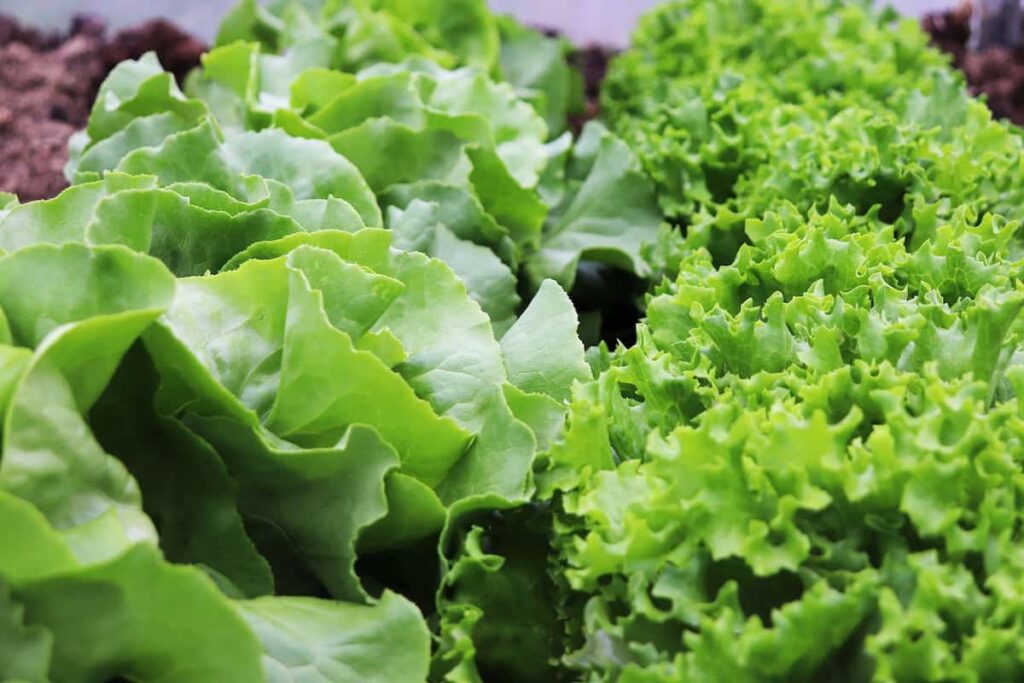
Reduce the height of the grass. As autumn progresses, a height of two inches is suggested. Snow mold, a fungus that survives beneath the snow for many days, is grown when snow accumulates. Leaves that aren’t raked up can also lead to pest issues and root damage at the trunks of your trees. Pruning is also an essential task in winter.
Washington vegetable planting calendar/guide/chart/schedule
| Vegetables | Zone 4 | Zone 5 | Zone 6 | Zone 7 | Zone 8 | Zone 9 |
| Snap Beans | June to Mid-Sep | Mid-May to Sep | May to Mid-Oct | Apr to Mid-Oct | Mid-Mar to Mid-Oct | Mid-Feb to May, Sep to Nov |
| Lima beans | May | Mid-May to Sep | May to Mid-Oct | Apr to Mid-Oct | Mid-Mar to Mid-Oct | Mid-Feb to May, Sep to Nov |
| Beets | Mid-Apr to Jun, Mid-July to Sep | Apr to June, Mid-July to Mid-Oct | Mid-Mar to June, Mid-July to Mid-Oct | Mar to May, Aug to Oct | Mid-Feb to Mid-May, Mid-Aug to Mid-Nov | Feb to Apr, Mid-Sep to Nov |
| Broccoli | Apr to June, J July to Mid-Aug | Mid-Mar to June, July to Oct | Mar to Mid-June, Mid-July to Oct | Mid-Feb to May, Aug to Mid-Nov | Feb to Mid-May, Aug to Nov | Mid-Jan to Apr, Mid-Aug to Mid-Dec |
| Brussel Sprouts | Mid-Apr to Mid-Oct | Apr to Oct | May to Oct | Mid-Apr to Mid-Sep | Apr to Aug | Mar to Jun |
| Cabbage | May to Mid-Oct | Mid-Apr to Oct | May to Oct | Mar to Mid-June, Mid-July to Oct | Mid-Feb to May, Aug to Mid-Nov | Feb to Mid-May, Sep to Mid-Dec |
| Carrots | Mid-Apr to June, Mid-July to Sep | Apr to Jun, Aug to Mid-Oct | Apr to June, Aug to Oct | Mar to Mid-June, Aug to Oct | Mid-Feb to May, Mid-Aug to Mid-Nov | Mid-Feb to May, Mid-Sep to Mid-Dec |
| Cauliflowers | May to Sep | Mid-Apr to Mid-Oct | Mar to Mid-June | Mid-Feb to May, Aug to Mid-Nov | Feb to Mid-May, Mid-Aug to Nov | Feb to Mid-May, Sep to Mid-Dec |
| Corn | June to Mid-Sep | Mid-May to Mid-Sep | May to Sep | May to Aug | Mid-Apr to Aug | Mid-Feb to May, Mid-Aug to Nov |
| Cucumber | June to Mid-Sep | Mid-May to Mid-Sep | May to Sep | May to Aug | Mid-Apr to Aug | Mid-Feb to May, Mid-Aug to Nov |
| Kale | Mid-Apr to June, Mid-July to Mid-Oct | Apr to June, Mid-July to Oct | Mid-Mar to Mid-June, Aug to Mid-Nov | Mar to May, Aug to Mid-Nov | Mid-Feb to Mid-May, Mid-Aug to Mid-Nov | Oct to Dec |
| Lettuce | May to June, Mid-July to Sep | Mid-Apr to June, Mid-July to Mid-Oct | Mid-Mar to Mid-June, Aug to Oct | Mar to May, Aug to Oct | Mid-Feb to May, Mid-Aug to Mid-Nov | Mid-Jan to Apr, Mid-Sep to Mid-Dec |
| Onions | Mid-Apr to Mid-Sep | Apr to Sep | Mid- Mar to Aug | Mar to Aug | Mid-Feb to Aug | Mid-Jan to May |
| Peas | Mid-Apr to June | Apr to June, Mid-July to Mid-Oct | Mid-Mar to May, Aug to Oct | Mid-Feb to Mid-May, Mid-Aug to Mid-Nov | Mid-Feb to Mid-May, Sep to Mid-Nov | Jan to Mar, Oct to Mid-Dec |
| Peppers | Mid-Apr to Mid-Sep | Apr to Sep | Mid-Mar to Sep | Mar to Sep | Mid-Feb to Mid-Sep | Jan to May, Mid-July to Nov |
| Spinach | Mid-Apr to June, Mid-July to Mid-Oct | Apr to June, Mid-July to Oct | Mar to June, Mid-July to Oct | Mar to June, Aug to Mid-Nov | Mid-Feb to May, Sep to Nov | Mid-Jan to Apr, Mid-Sep to Mid-Dec |
| Summer Squash | June to Mid-Sep | Mid-May to Sep | May to Sep | May to Mid-Oct | Mid-Apr to Mid-Oct | Mar to Jun |
| Tomato | Mid-Apr to Mid-Sep | Apr to Sep | Mid-Mar to Sep | Mar to Sep | Mid-Feb to Mid-Sep | Jan to May, Mid-July to Nov |
| Asparagus | Mid-Apr to May | Apr | Apr | Apr | Mid-Jan to Mid-Mar, Nov and Dec | Mid-Jan to Mid-Mar, Nov and Dec |
| Artichokes | – | – | – | – | – | – |
| Celery | Mid-May | – | – | – | Jan to Mar | |
| Chard | Early May | – | – | – | – | – |
| Chives | – | – | – | – | – | – |
| Eggplants | Early June | May | May | Apr to Mid-May, Mid-July | Apr to Mid-May, Mid-July | Feb to July |
| Kohlrabi | Mid-Apr to Mid-Aug | Early Apr and Late- Sep | Early Apr and Late- Sep | – | – | Sep to Mar |
| Okra | Early June | Mid-May to late May | Mid-May to late May | Apr to June, Mid-June to July | Apr to June, Mid-June to July | Mar to July |
| Potatoes | Mid-Apr to June | Early April to Mid-April | Early April to Mid-April | Mid-Jan to Mar | Mid-Jan to Mar | Jan to Mar |
| Radish | Apr to June | Late Mar to early May | Late Mar to Early-May, Aug | Mid-Jan to Apr, Sep to Mid-Oct | Mid-Jan to Apr, Sep to Mid-Oct | – |
| Winter squash | May to June | May | Mid-May | Apr to Aug | Apr to Aug | Mar and Aug |
Conclusion
Search online for a local garden store that sells trellises and other gardening supplies. Smaller garden stores should offer the basics and can direct you to more specialist equipment. If you’re looking for a more long-term solution, like raised beds, you can easily get what you need. If you live in the following cities, towns, and counties and plan to grow vegetables in Washington, this Vegetable Planting Calendar chart and guide will help you to set up your garden.
| Seattle | Moses Lake |
| Olympia | Bothell |
| Vancouver | Ellensburg |
| Spokane | Battle Ground |
| Tacoma | Snohomish |
| Bellingham | Issaquah |
| Bellevue | Spokane Valley |
| Everett | Gig Harbor |
| Yakima | Camas |
| Forks | Anacortes |
| Kent | Chehalis |
| Kennewick | Ocean Shores |
| Pasco | Poulsbo |
| Redmond | Port Orchard |
| Puyallup | Kelso |
| Richland | Woodinville |
| Renton | Tukwila |
| Lacey | Chelan |
| Bremerton | Burien |
| Wenatchee | Bonney Lake |
| Kirkland | Bainbridge Island |
| Lynnwood | Central Washington State |
| Walla Walla | Eastern Washington State |
| Port Angeles | Western Washington State |
| Marysville | Northern Washington State |
| Federal Way | Southern Washington State |
| Sequim |
- Crops Grown in Summer Season: Best Choices for Summer Gardening
- Organic Pest Control for Tomato Farming
- How to Maximize Sheep Farming Profit
- Broccoli Varieties: Choosing the Right Cultivars for Your Farm
- How to Raise Pigs in Your Own Backyard: A Comprehensive Guide
- Budget Friendly Sheep Shed Ideas: Cheap and Low-Cost Tips
- How Much Do Cattle Farmers Make: Revenue Streams in Cattle Farming
- Management Pests and Diseases in Your Cotton Field
- Sheep Farming Business Plan for Beginners
- Aquaponic Farming at Home: A Step-By-Step Guide
- Profitable Village Farming Business Ideas in 2024
- High-Yield Aquaculture: Fast-Growing Fish for Farming
- Effective Fish Pond Construction Techniques for Beginners
- Irrigation and Water Management in Pineapple Farming
- Blossom to Harvest: Mastering Flowering and Pollination in Papaya Farming
- Pig Fattening Essentials: From Selection to Sale for Beginners
- Raising Wagyu Cattle: A Complete Guide for Premium Beef Production
- Soil Types and Their Water Holding Capacity
- Optimizing Irrigation Schedules for Coconut Groves for Enhanced Yield
- Espresso Your Garden: Coffee Grounds for Healthier Acid-Loving Plants
- The Best Soil Mix for Snake Plants: How to Mix Your Own Snake Plant Soil
- Green Thumb Success: Expert Tips for Cultivating Greenhouse Beans All Year Round
- Bloom All Year Round: The Ultimate Guide to Indoor Hyacinth Care
- Eco-Friendly Gardening: How to Make Liquid Fertilizer from Kitchen Waste
- Ultimate Guide to Grow Anise in Pots: Explore Seed Propagation to Harvesting
- Guide to Raising Chester White Pigs: Discover Breed Facts to Growth Management
- Mastering the Elegance: The Ultimate Guide to Weeping Cherry Tree Care, Planting, and Maintenance
- Ultimate Guide to Planting Garlic in Grow Bags: Growing Strategies for Beginners
- How to Fix Spider Plant Leaf-Related Problems: Natural and Organic Remedies
- 10 Reasons Why Your Tulsi Plant is Shedding Leaves: Home Remedies and Solutions
- Optimizing Growth and Yield: The Advantages of Palm Bunch Ash Fertilizer
- Utilizing Neem Oil Extract as a Natural Pesticide for Hydrangea
- From Soil to Harvest: Various Ways in Which Farmers Can Use AI Tools
- Steps to Encourage and Induce Citrus Flowers: A Comprehensive Guide
- How to Fix Snake Plant Leaf-Related Issues: Natural and Organic Remedies
- Transform Your Garden into a Fragrant Oasis with Raat Ki Rani (Night Blooming Jasmine)
